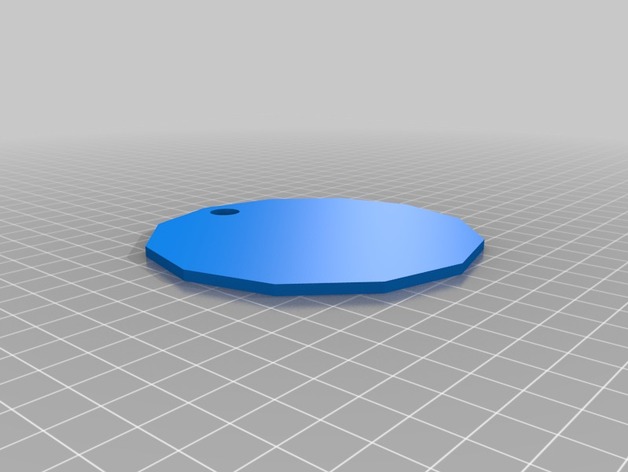
Henrys Snowflake
thingiverse
A graphviz DOT file! Let me try to make sense of this: This is a Graphviz graph description in DOT language (a domain-specific language for specifying graph layouts). Here's a breakdown of what I see: 1. **Graph Structure**: The first line defines the graph as "G" and specifies that it will be an undirected graph (`digraph G {`). 2. **Nodes and Edges**: You've defined 6 graphs, each of which has multiple nodes (representing different states or objects in your problem domain). The nodes are labeled with their specific data (in a complex structure). This is where most of the information about your actual problem will be encoded. 3. **Attributes**: These lines specify attributes for your graph and node elements: - `node_inkscape:` isn't typically part of standard DOT syntax, so this might be custom or related to some non-standard rendering behavior. - The following lines (starting with `"fill") seem like some custom formatting code that isn't typical Graphviz notation. - `"fontcolor = #FFFFFF;"`: Sets the color of text on nodes. - `fontname: helvetica`, sets font, however standard fonts could be utilized, or a name referencing installed fonts might be specified for customizing presentation. The thickness set here ("penwidth 3.0;") seems related to drawing lines and shapes. The DOT language itself can express various graph types (e.g., undirected and directed), allows embedding external data, supports labels and shapes on nodes and edges, offers layout settings like pen widths for lines and shape types. Without the ability to visually inspect the rendered image directly from this representation, I'd like to ask how do you interpret what information this `node` label (`node [label="{\\[...]\\]}"`) is conveying? This label seems encoded as part of the DOT description for creating a graphical representation. If I've accurately deciphered all elements correctly and they make sense according to some graph-related logic within the original domain, these labels describe complex numbers as represented within certain domains such as mathematical structures that need further analysis beyond purely syntactical meaning, possibly including interpretations derived from more conventional mathematcal structures or additional context not presented in your code.
With this file you will be able to print Henrys Snowflake with your 3D printer. Click on the button and save the file on your computer to work, edit or customize your design. You can also find more 3D designs for printers on Henrys Snowflake.
